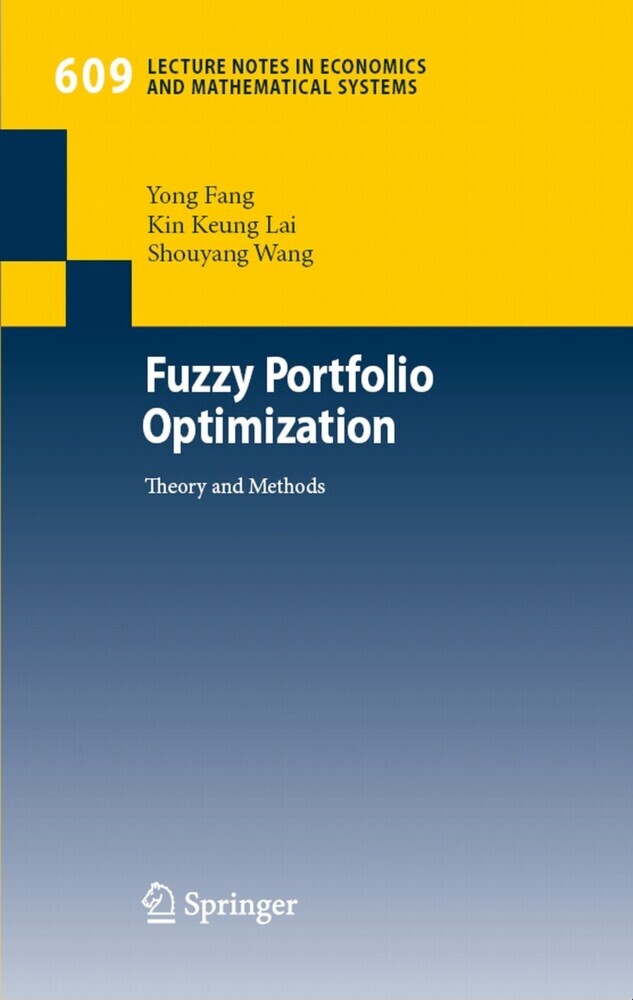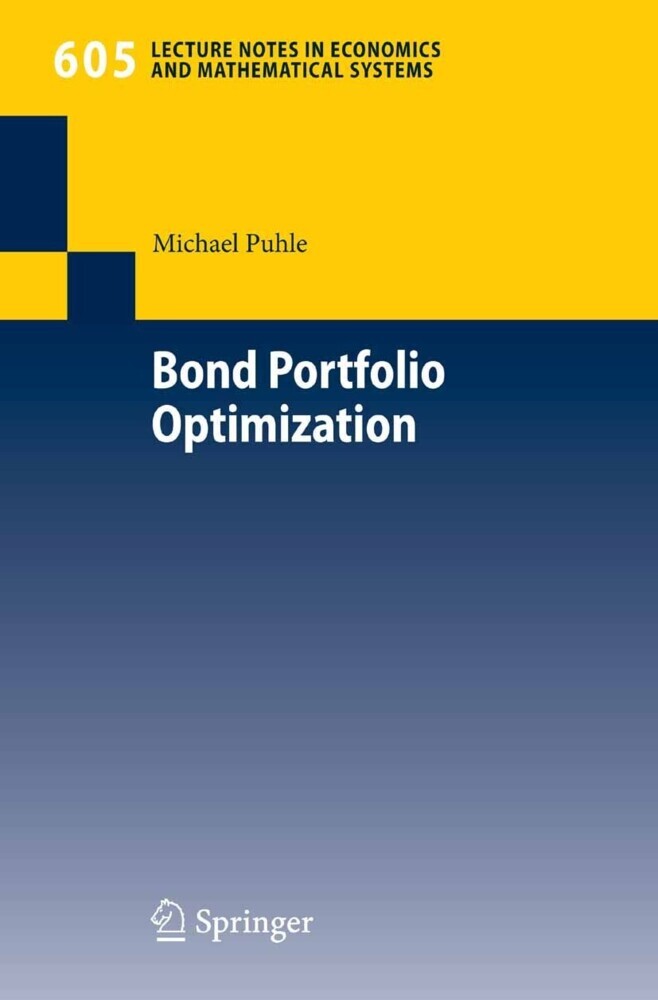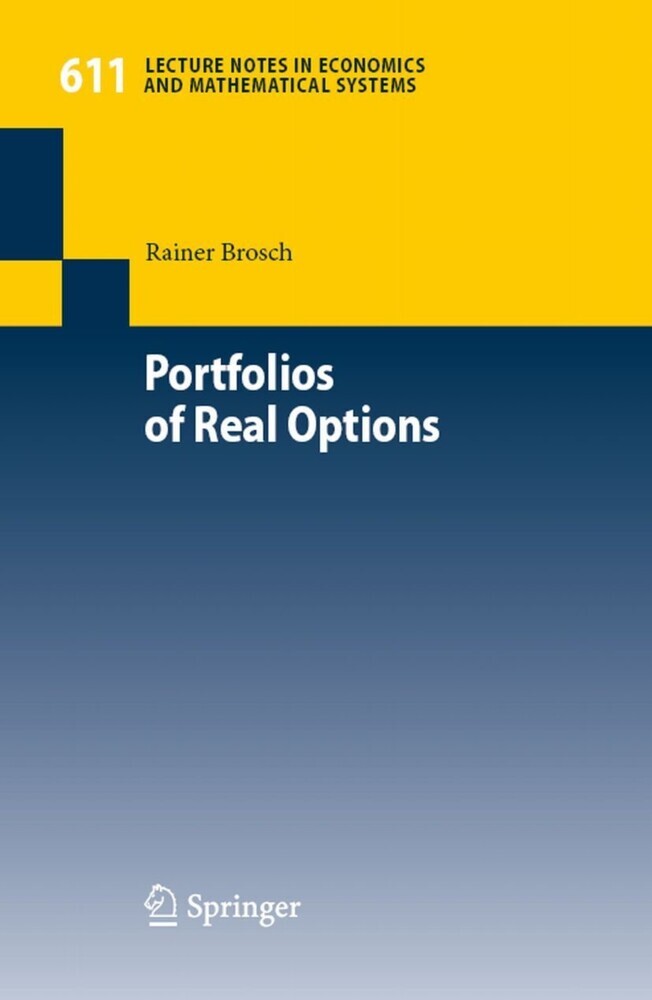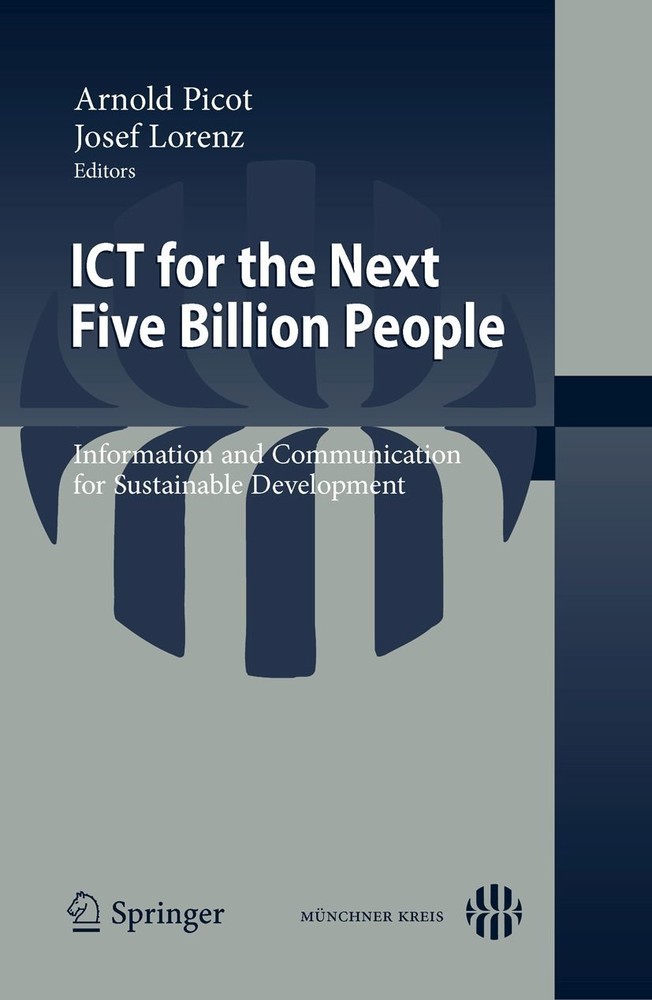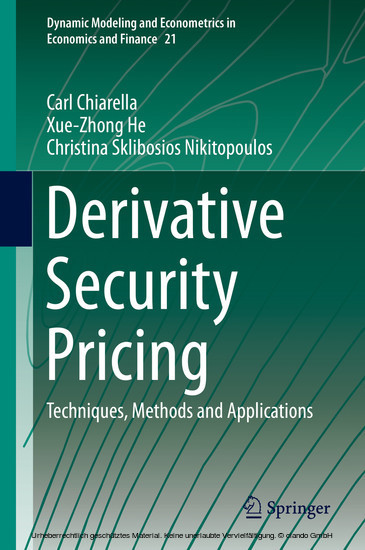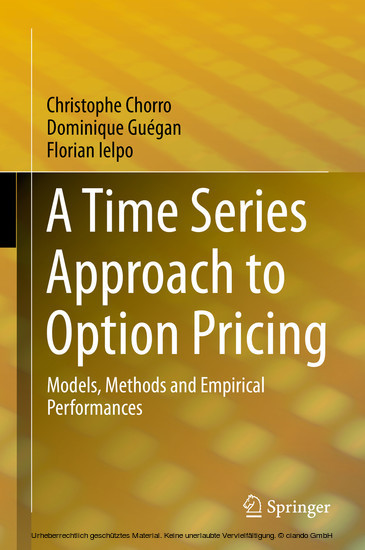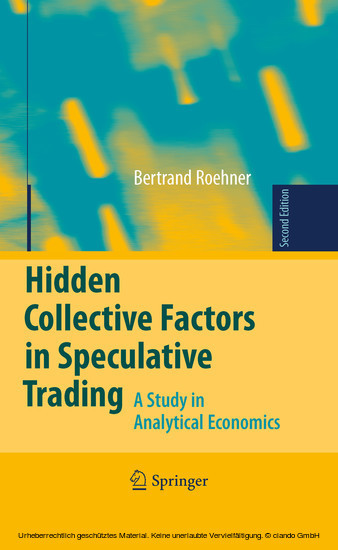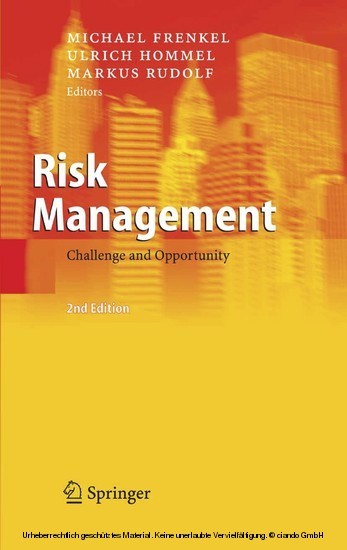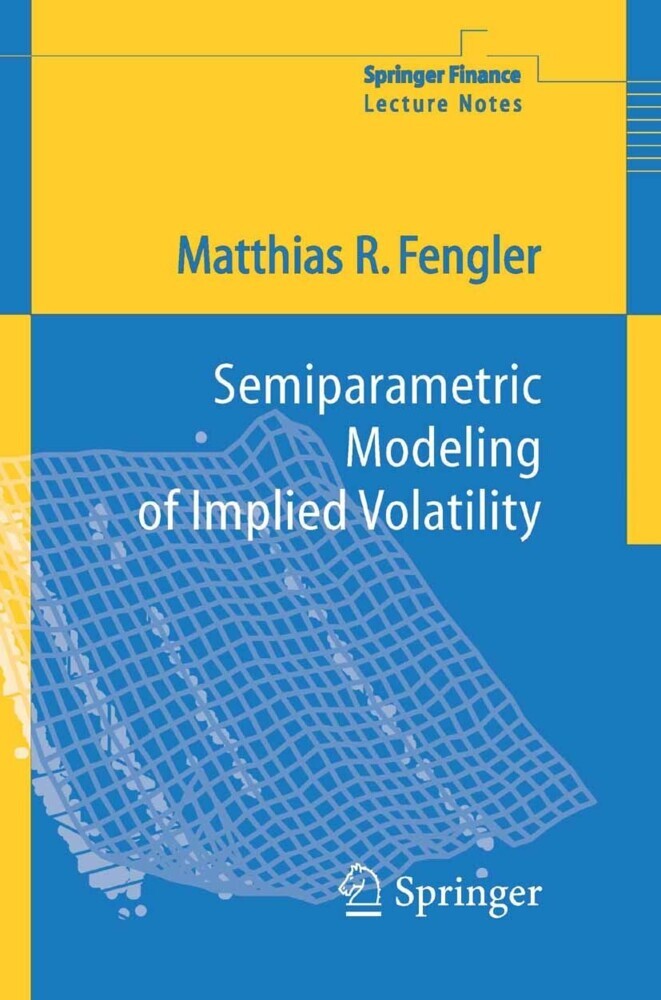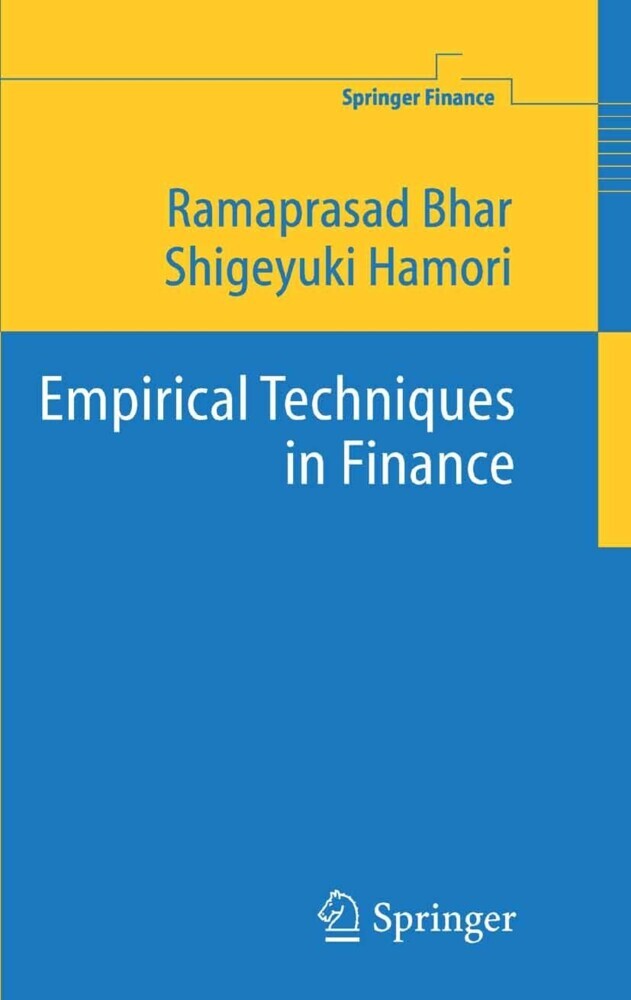Fuzzy Portfolio Optimization
Theory and Methods
This is the first monograph on fuzzy portfolio optimization. By using fuzzy mathematical approaches, quantitative analysis, qualitative analysis, the experts' knowledge and the investors' subjective opinions can be better integrated into portfolio selection models. The contents of this book mainly comprise of the authors' research results for fuzzy portfolio selection problems in recent years. In addition, in the book, the authors introduce some other important progress in the field of fuzzy portfolio optimization. Some fundamental issues and problems of portfolio selection have been studied systematically and extensively by the authors to apply fuzzy systems theory and optimization methods. A new framework for investment analysis is presented in this book. A series of portfolio selection models are given and some of them are more efficient for practical applications. Some application examples are given to illustrate those models.
1;Preface;5 2;Contents;7 3;Part I Literature Review;11 3.1;1 Survey for Portfolio Selection Under Fuzzy Uncertain Circumstances;12 3.1.1;1.1 Introduction;12 3.1.2;1.2 Portfolio Selection Based on the Fuzzy Decision Theory;14 3.1.3;1.3 Portfolio Selection Based on Possibilistic Programming;16 3.1.4;1.4 Portfolio Selection Based on Interval Programming;22 4;Part II Portfolio Selection Models Based on Fuzzy Decision Making;26 4.1;2 Fuzzy Decision Making and Maximization Decision Making;28 4.2;3 Portfolio Selection Model with Fuzzy Liquidity Constraints;30 4.2.1;3.1 Introduction;30 4.2.2;3.2 Minimax Semi-absolute Deviation Risk Function;31 4.2.3;3.3 Fuzzy Liquidity of Securities;32 4.2.4;3.4 Model Formulation;34 4.2.5;3.5 Numerical Example;46 4.2.6;3.6 Conclusion;48 4.3;4 Ramaswamy's Model;54 4.3.1;4.1 Introduction;54 4.3.2;4.2 Model Formulation;55 4.3.3;4.3 Conclusion;56 4.4;5 Le´on-Liern-Vercher's Model;58 4.4.1;5.1 Formulations of Portfolio Selection Problem;58 4.4.2;5.2 Analysis of Infeasibility of Portfolio Selection Problem;60 4.4.3;5.3 Fuzzy Portfolio Selection Model;61 4.4.4;5.4 Numerical Example;65 4.4.5;5.5 Conclusion;70 4.5;6 Fuzzy Semi-absolute Deviation Portfolio Rebalancing Model;72 4.5.1;6.1 Introduction;72 4.5.2;6.2 Linear Programming Model for Portfolio Rebalancing with Transaction Costs;73 4.5.3;6.3 Portfolio Rebalancing Model based on Fuzzy Decision;76 4.5.4;6.4 Numerical Example;80 4.5.5;6.5 Conclusion;86 4.6;7 Fuzzy Mixed Projects and Securities Portfolio Selection Model;88 4.6.1;7.1 Introduction;88 4.6.2;7.2 Bi-objective Programming Model for Mixed Asset Portfolio Selection;89 4.6.3;7.3 Fuzzy Mixed Asset Portfolio Selection Model;94 4.6.4;7.4 Numerical Example;96 4.6.5;7.5 Conclusion;97 5;Part III Portfolio Selection Models with Interval Coefficients;100 5.1;8 Linear Programming Model with Interval Coefficients;102 5.1.1;8.1 Introduction;102 5.1.2;8.2 Notations and Definitions;103 5.1.3;8.3 The Expected Return Intervals of Securities;104 5.1.4;8.4 The Interval Programming Models for Portfolio Selection;105 5.1.5;8.5 Numerical Example;112 5.1.6;8.6 Conclusion;114 5.2;9 Quadratic Programming Model with Interval Coefficients;116 5.2.1;9.1 Introduction;116 5.2.2;9.2 Crisp Model and Algorithm;116 5.2.3;9.3 The Model with Interval Coefficients and Its Extension;118 5.2.4;9.4 Numerical Example;120 5.2.5;9.5 Conclusion;123 6;Part IV Portfolio Selection Models with Possibility Distribution;124 6.1;10 Tanaka and Guo's Model with Exponential Possibility Distributions;126 6.1.1;10.1 Introduction;126 6.1.2;10.2 Possibility Distributions in Portfolio Selection Problems;127 6.1.3;10.3 Model Formulation;134 6.1.4;10.4 Numerical Example;135 6.1.5;10.5 Conclusion;137 6.2;11 Carlsson-Fuller-Majlender's Trapezoidal Possibility Model;140 6.2.1;11.1 Introduction;140 6.2.2;11.2 Model Formulation;141 6.2.3;11.3 Algorithm;147 6.2.4;11.4 Numerical Example;148 6.2.5;11.5 Conclusion;149 6.3;12 Center Spread Model in Fractional Financial Market;152 6.3.1;12.1 Estimation of Possibility Distribution by Using Semi- definite Programming;152 6.3.2;12.2 Model Formulation;153 6.3.3;12.3 Numerical Example;157 6.3.4;12.4 Conclusion;160 7;Part V Fuzzy Passive Portfolio Selection Models;162 7.1;13 Fuzzy Index Tracking Portfolio Selection Model;164 7.1.1;13.1 Introduction;164 7.1.2;13.2 Bi-objective Programming Model for Index Tracking Portfolio Selection;165 7.1.3;13.3 Fuzzy Index Tracking Portfolio Selection Model;167 7.1.4;13.4 Numerical Example;169 7.1.5;13.5 Conclusion;169 8;References;172 9;Subject Index;182
Fang, Yong
Lai, Kin Keung
Wang, Shou-Yang
| ISBN | 9783540779261 |
|---|---|
| Artikelnummer | 9783540779261 |
| Medientyp | E-Book - PDF |
| Auflage | 2. Aufl. |
| Copyrightjahr | 2008 |
| Verlag | Springer-Verlag |
| Umfang | 176 Seiten |
| Sprache | Englisch |
| Kopierschutz | Digitales Wasserzeichen |

